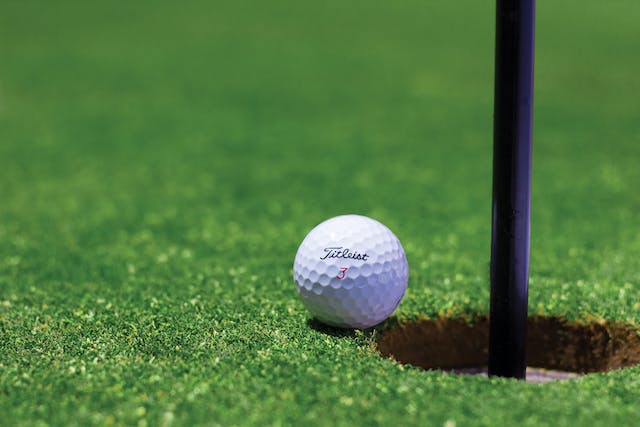Numerous eyewitnesses of Golf’s sport, including the fantastic Jack Nicklaus, are upholding the people pulling strings to move back how far the golf ball voyages. Indeed, what structure could that take?
Golf could return to the ball that was utilized for many years. It was known as a “feather” because it was developed of a cowhide pocket loaded down with bubbled goose plumes and sewed together. You can get accessories for Golf in the golf gear hub.
Requiring a feather’s utilization would unquestionably return the teeth to overmatched fairways, particularly in the downpour. Envision how far you could move what might be compared to nearly a wet cushion down the fairway with a driver.
The Emergence of the Modern Golf Ball
With an end goal to secure the goose populace (and get more distance), golf balls during the 1800s started being built with a front of gutta-percha. This ordinarily happening elastic could be separated distinctly from the dry sap of the Malaysian sapodilla tree.
That is somewhat explicit, and since there are dramatically a more significant number of golf players today than in 1870, presumably unfeasible. In 1899, Coburn Haskell and a regular playing accomplice who aided make tires for B.F. Goodrich, Bertram Work, created a golf ball with a centre that highlighted yards of elastic groups twisted firmly around a little place, generally loaded up with fluid.
The Haskell ball immediately overwhelmed the game. Bobby Jones saw little debilitation in utilizing the Haskell ball as he regularly conveyed competition scores during the 60s with lush screwed clubs. With present-day innovation, the fairways’ present wizards could positively move toward that level of authority with a Haskell-type ball.
How Golf Balls Made
Notwithstanding, Golf isn’t probably going to dial the clock back to the Haskell ball’s age at any point soon. The advanced golf ball has deserted the utilization of wound elastic groups in the 21st century.
The present golf balls are made with health centre development. In its most comfortable cycle, the assembling interaction starts with a shaped centre infused with a hot plastic that cools to frame a cover.
The cover is stepped with a dimple design that will diminish the air ready in flight. The example of dimples influences how a golf ball will fly. An entirely smooth golf ball would travel more limited distances since it is influenced more by the air – a clue regarding what the fate of golf balls may look like if distance limitations are forced.
This cycle brings about the “two-piece” ball. Golf ball engineers change this interaction by adding extra layers of shifting hardness. Three and Four-layer balls are standard, and TaylorMade Golf presented the Penta’s initial five-piece ball in 2009. Presently, the current TaylorMade TP5 and TP5x are the packs of numerous PGA Tour masters.
When the cover cools, the ball is wrapped in a lustrous paint layer and permitted to dry. The body is then prominently responsive to custom logos or any personalization you need to put on your golf ball.
What Are Golf Balls Made?
The guts of a cutting edge golf ball harken back to the versatility of elastic. Fast formed adjustable centres have supplanted the groups. Extra layers regularly alluded to as mantles can be flexible or plastic, relying upon how the golf ball designs.
During the 1980s, the DuPont Company acted as the hero of programmers wherever it created a golf ball cover moulded out of a thermoplastic sap, marked “Surlyn.” The manufactured covered balls are impenetrable to any maltreatment conveyed by a golf club; they won’t cut and will stay in the round and playable until they are lost.
First in class golf balls includes an elective covering made of milder urethane. Urethane-covered balls are additionally sturdy yet have the additional advantage of bestowing more turn after contact with the club, allowing more noteworthy control of the shot.
The different blends of the layers and the cover materials give golf balls the exceptional exhibition attributes that can be custom-fitted to any golf player’s down.

